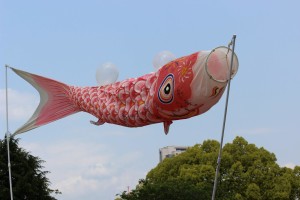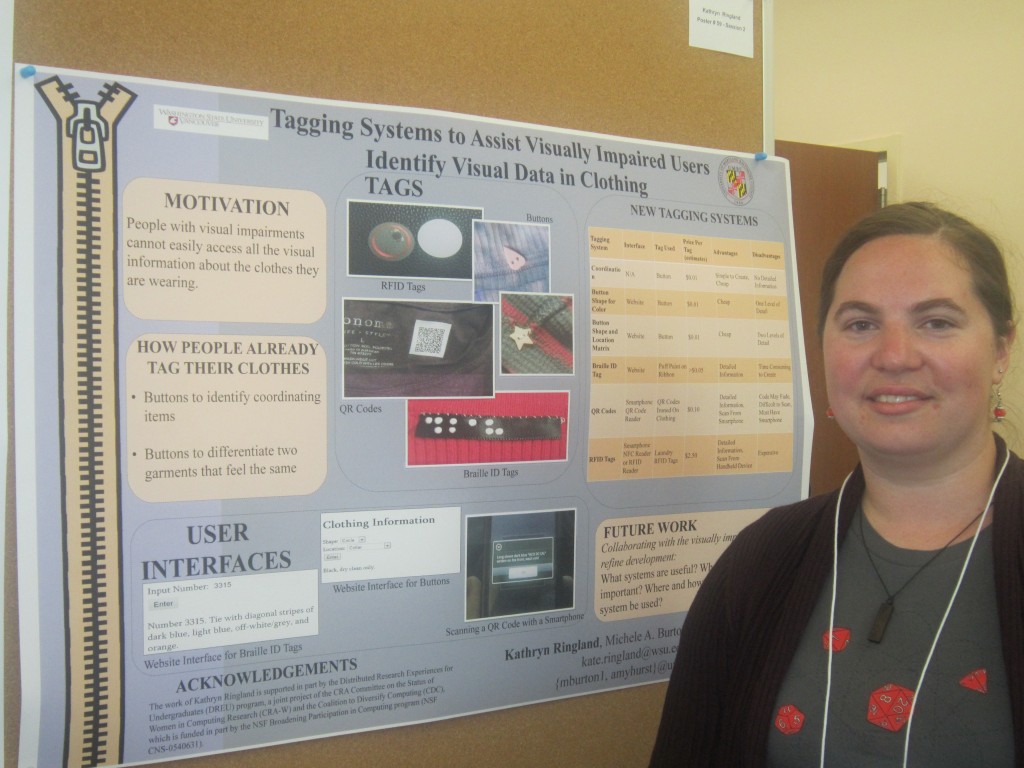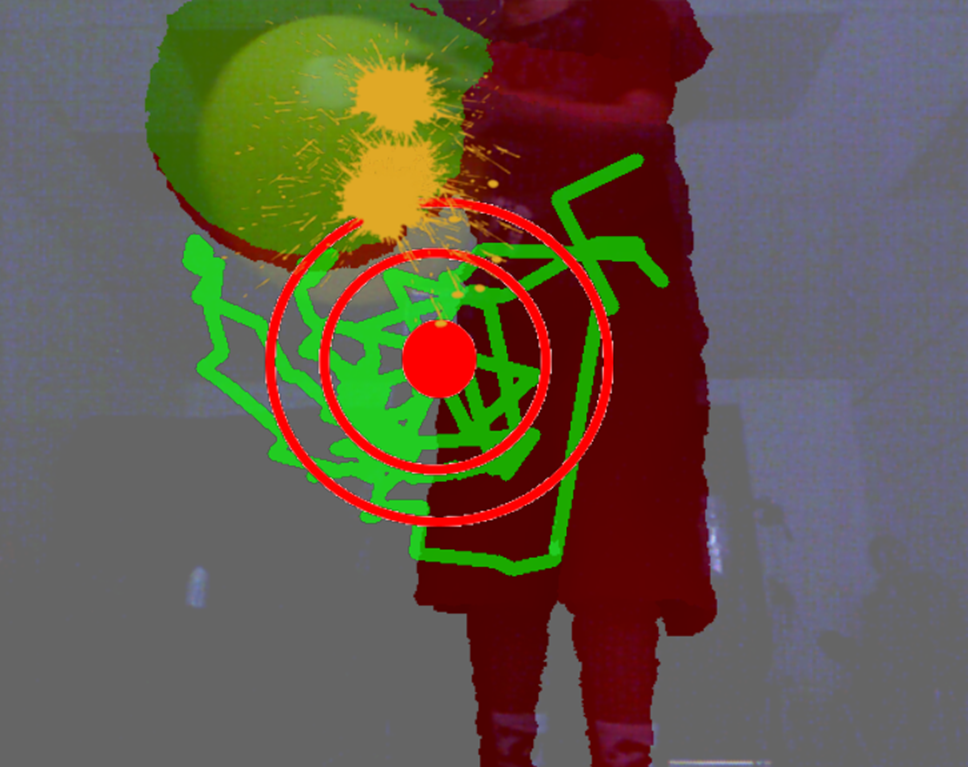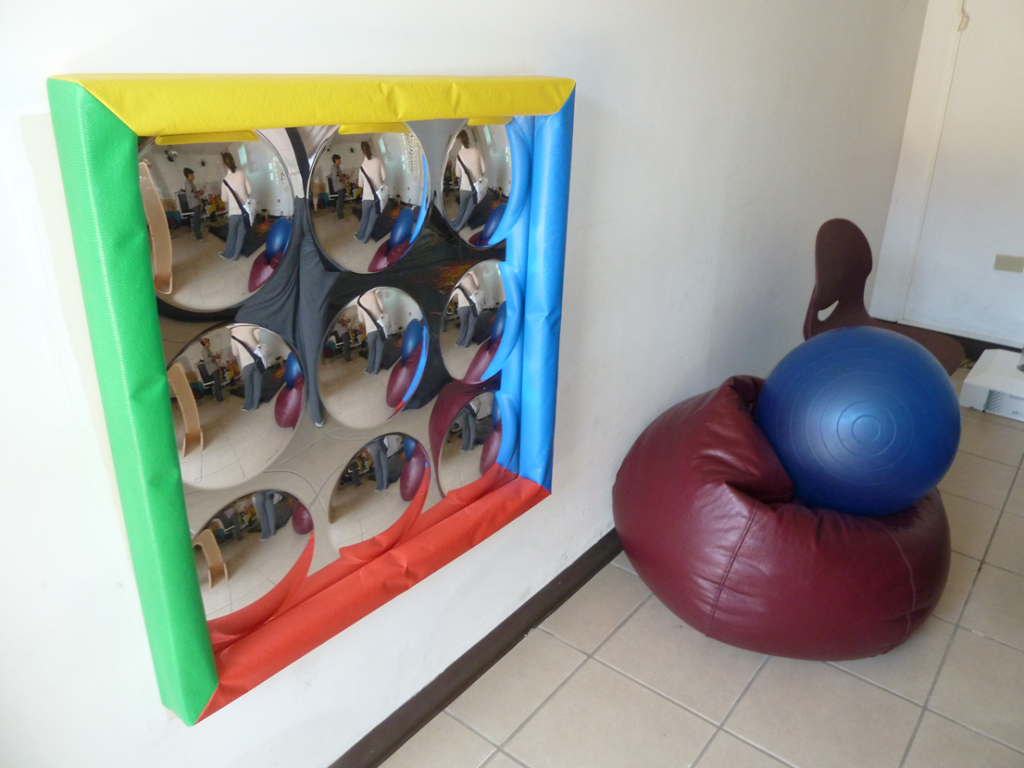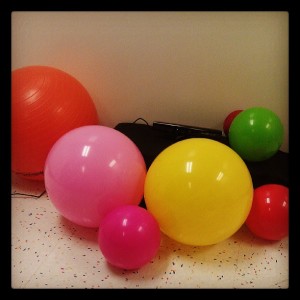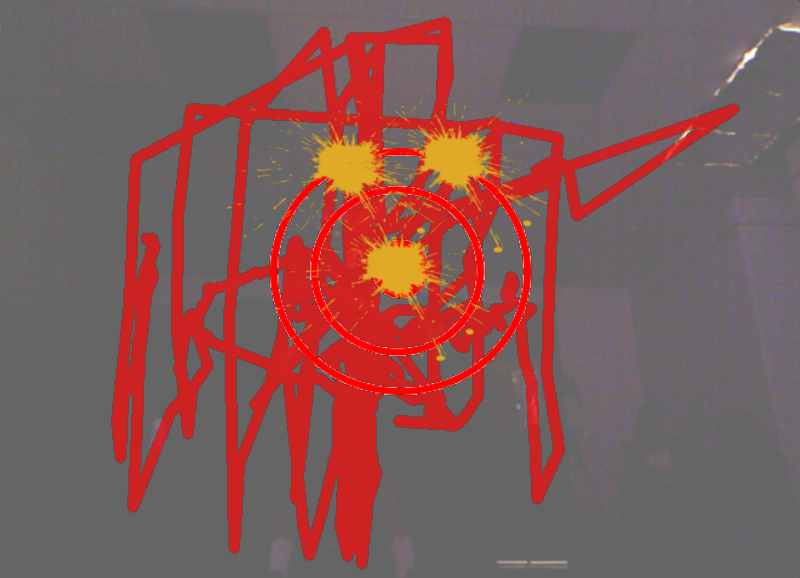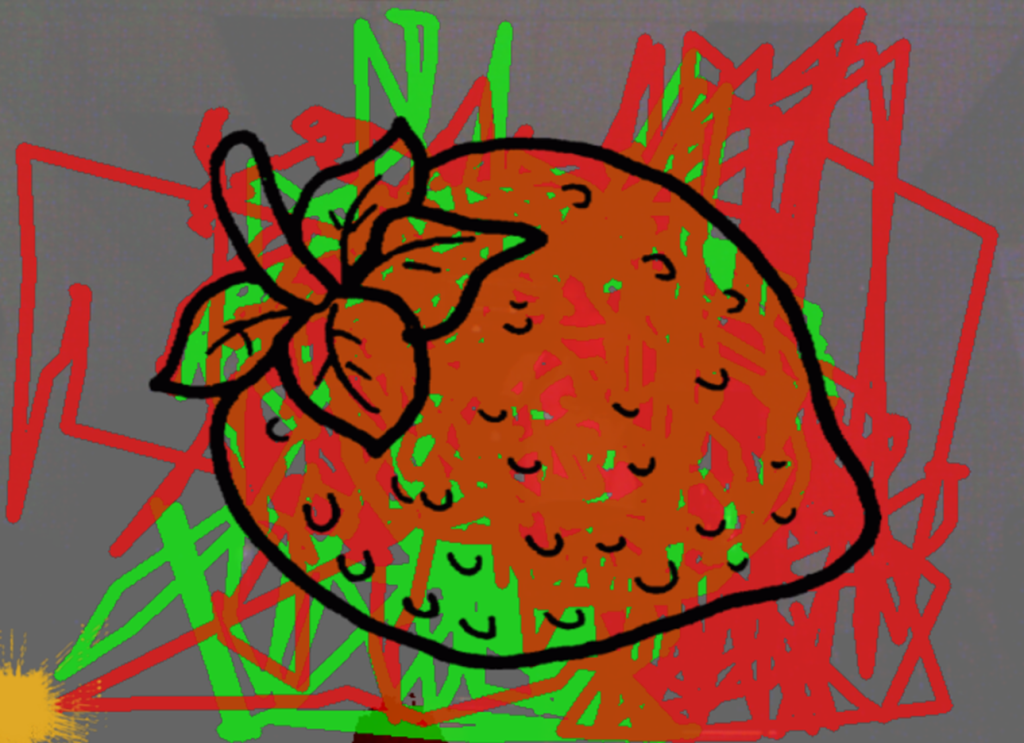My intention with these blog posts is to have a sort of informal record of my time spent in Autcraft. They will be my beginnings, in a way, of creating my overall narrative of my experience. I will be creating much more formal documentation in the form of conference papers and journal articles, but here I want to create a space that is more open to dialogue and discussion. I also want the community to know that I am completely open and willing to share my thoughts and findings as much as I want to hear the thoughts of those in the community. My hope is to be able to tell the story of Autcraft and to be able to, through technology, expand on what it has given the autism community if I can.
My first week in the Autcraft community has been an extremely humbling experience. As I made my first timid steps into the unknown, I was greeted with open arms. A good number of people have given me encouragement, offered to help, welcomed me and offered friendship, and thanked me. I feel like I should be the one thanking every single member of the Autcraft community for allowing me to be among them.
I feel like I have accomplished a lot in the few hours I have played over the last week: I’ve built a modest office, explored many different areas, gone mining, died in lava, played Hide and Seek with other players, marveled at all the amazing things other players have built, played Paint Ball with other players, and died falling from a giant pink pony. All and all, a very busy, but successful week.
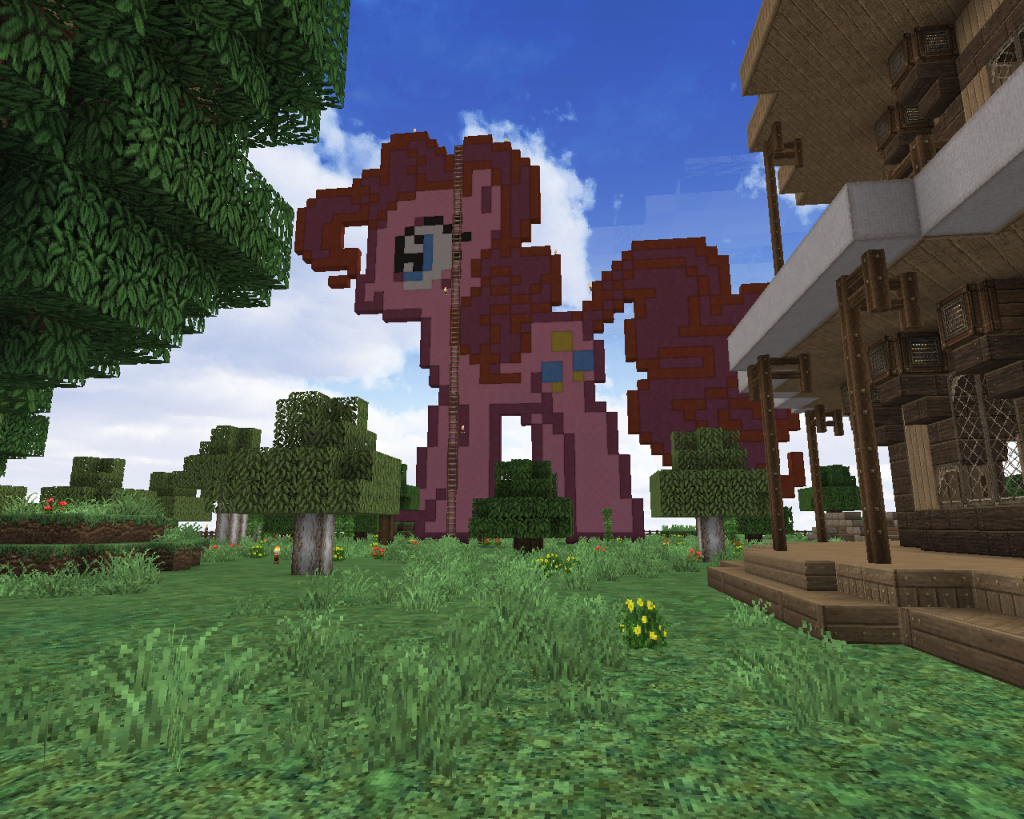
Fell off from the top of a giant pink pony and died. Admittedly a first for me.
I have been struck by the many different ways in which players communicate in Autcraft. There is text chat, but there is so much more. Players also communicate via their characters (how they look and through their movements), via their constructions, via signs littered throughout the world, and more. I am sure those that have a limited understanding of autism would be very surprised to hear that these players are communicating at all. And while I am still in the very early stages of my research, I can assure anyone reading this that these players are communicating- in a varied and rich format.
I will close with that for this week. Please stay tuned and feel free to email me at kringlan [at] uci [dot] edu with any questions about my work. Thanks and keep on building!



